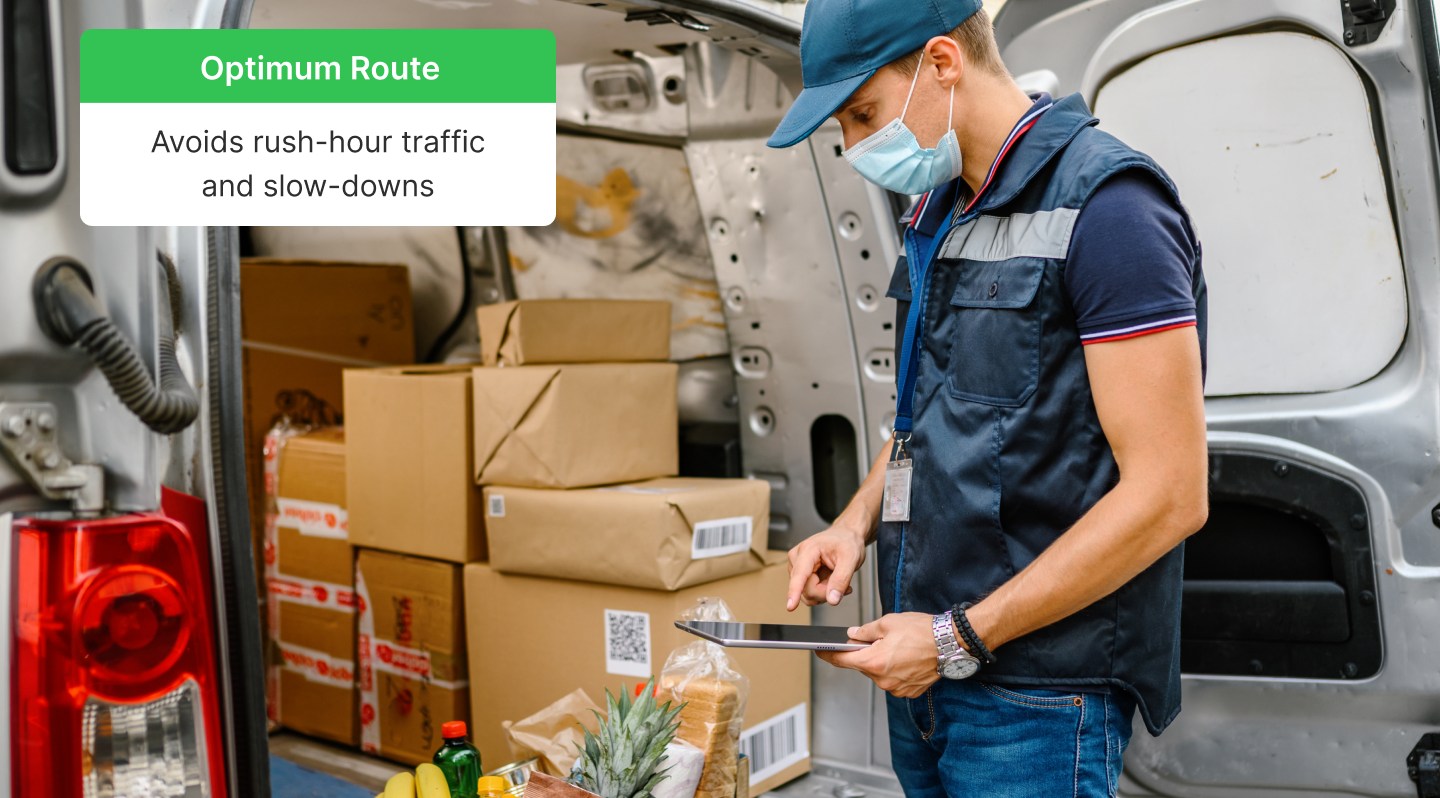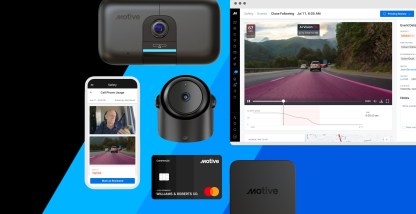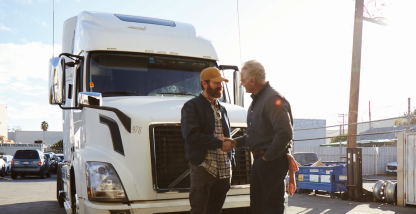Like every corner of the global market, the food and beverage distribution industry was flipped on its head by the COVID-19 pandemic. With consumers constrained to cooking from home or ordering in during lockdown, grocery stores and restaurants had to reinvent their operations. Full-service restaurants joined their quick service counterparts in providing home delivery or takeout, and grocers scrambled to match customers’ delivery time expectations influenced by the Amazon Effect. This heightened demand for timelier and more frequent deliveries from food and beverage distributors.
But as consumers have grown accustomed to faster and more accessible interactions with businesses through curbside pickup and home delivery services, these service-centric practices are here for the long run.
To succeed in this new landscape, food and beverage distributors, third-party logistics, and last-mile transportation providers must:
- Meet the demand for real-time visibility.
- Move shipments in a timely manner while maintaining cargo integrity.
- Build collaborative relationships throughout the supply chain.
- Build, strengthen, and maintain customer trust.
- Compete in a tough market and endure supply chain disruptions.
Fortunately, telematics and tracking technology, such as electronic logging devices (ELDs), dash cams, route optimization software, and fleet management platforms, make it easier than ever to meet these conditions. Keep reading to learn how.
Read: Best practices of successful fleet managers.
Route optimization
Congested roads, peak traffic hours, and unexpected traffic events can lead to slower delivery times and decreased customer satisfaction. This is especially true for time-sensitive food and beverage deliveries. To avoid these problems, distributors, third-party logistics, and last-mile transportation providers can maximize time and order completions through route optimization. Route optimization involves finding the most time- and cost-efficient routes to take when driving between stops.
But it’s more complex than simply finding the shortest path between two points. It requires advanced and complex calculations that can be time-consuming and easily bungled when done manually. This is why most businesses prefer route optimization software.
When paired with GPS tracking technology, route optimization software is a powerful tool for the food and beverage distribution industry. At its core, route optimization helps your drivers find the shortest routes to reduce time spent on the road. However, the best types of software also consider other variables to maximize efficiency, such as:
- Customer time windows. Route optimization software can amend your driver’s available routes to ensure they meet customer time window availability, which helps fortify customer trust and loyalty to your business.
- Vehicle capacity. Calculating the number of orders that can be delivered on one route and how many stops are required based on the number of packages to be transported at one time according to weight and vehicle volume capacity. This can help distributors move shipments in a timely manner while maintaining cargo integrity and driver safety.
- Traffic congestion. A robust route optimization solution that uses GPS to update road conditions in real time and notify drivers of any known traffic congestion, accidents, or road closures. By sending these notifications, drivers can choose from the recommended alternative route to avoid wasting time in stand-still traffic.
- Distance between stops. An exact view of the distance between designated stops to provide drivers with a better understanding of their schedule and a clearer prediction of driving time between each stop.
Send accurate ETAs
In addition to the Amazon Effect, recent supply chain troubles have made an incredibly challenging landscape for food and beverage distribution and delivery providers. Supply chain routing problems can lead to product waste and unnecessary costs, and can damage relationships with customers and business partners. Some of these challenges are unpreventable, but businesses can help circumvent the fallout with the right technology.
When combined, ELDs, dash cams, and route optimization and fleet management software and apps magnify the accuracy of delivery ETAs by tracking all vehicles in a fleet in real time and calculating when a driver will arrive at their designated stops. Things like vehicle speed, unexpected travel time, and any upcoming obstructions are accounted for to provide precise delivery status updates. This information can then be shared with customers to give them a complete view of their delivery’s journey from when the driver leaves the dispatch center, and notify them at each step of the route.
Everything is documented
ELDs and other fleet management technology solutions collect and store a lot of data. Virtually everything from drivers’ hours of service to their driving behaviors, like hard braking or sudden acceleration, to vehicle maintenance alerts is documented and can be referenced at any time.
Electronic documentation of this data is incredibly valuable for food and beverage distributors because it can aid in collaboration across the supply chain and across departments, provide full visibility into operations and improve ETA accuracy, and provide reference information for future deliveries of the same nature or to the same customer.
Electronic documentation is also crucial for fleet management reporting. With a fleet data management system, you can connect multiple data points from your fleet that give you more information about the health and performance of your fleet. Managers can monitor the status and productivity of their vehicles and determine which vehicles are over- or under-utilized, receive vehicle fault code alerts that are then recorded for later analysis, and pull reports for insurance audits or tax reporting.
Nybll, a health-centered food service that helps professionals and pro-athletes achieve peak performance, avoided a significant personal injury lawsuit thanks to documented dash cam footage and engine feedback. With this data, Nybll was able to show that its driver made a safe lane change at a safe speed when a motorcyclist, driving 50 to 60 miles an hour, hit the driver from behind and crashed.
The food delivery service also relies on GPS documentation to maintain strong client relationships. Nybll managers can track vehicles’ routes and traffic conditions and notify its clients of delivery status updates, and provide context for any late deliveries.
How Motive optimizes deliveries and improves margins for food and beverage distributors
Motive has solutions for all your fleet management technology needs. From easy-to-use ELDs, GPS tracking for route optimization, and vehicle maintenance reporting to destination insights, all in one place.
Get a leg up on competitors and surpass customer expectations with reliable, accurate software that delivers better fleet visibility, route optimization, and data management.
Motive’s fleet management software connects vehicles, drivers, and offices to critical delivery information to help improve efficiency and ensure productivity. Request a free demo today to learn more.










